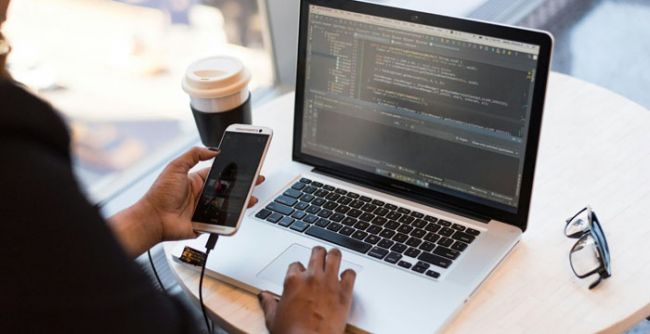The internet is going crazy over Studio Ghibli-style AI pictures, turning normal selfies into cute, dreamy, cartoon-like scenes. But behind the fun and pretty images, there’s a serious side we need to talk about. These AI tools may put your privacy at risk, collect your personal data, and raise big questions about copying real art. This article explains what the trend is all about, what the risks are, and how to stay safe while using it.
What Is the Ghibli AI Art Trend?
It all began when OpenAI introduced its GPT-4o model with a new feature: image generation. What made it instantly viral was its ability to stylize real-life photos into Studio Ghibli-inspired art. The gentle pastel hues, big-eyed expressions, and fairytale settings quickly captured hearts. Social media users started “Ghiblifying” themselves, celebrities joined in, and the internet exploded with AI-generated animations that mimic the legendary Japanese studio’s aesthetic.
But here's the twist: most people clicking "Generate" hardly paused to consider where their data was going.
The Hidden Costs of Sharing Your Selfie
Cybersecurity experts warn that these AI apps often collect more than just your image. Embedded metadata—like your location, time, and device details—can be quietly harvested. And while some platforms promise deletion after use, terms like “instant” or “partial” deletion remain frustratingly vague.
Once your image enters the system, it could be repurposed for training AI models, advertising, or, in the worst-case scenario, identity fraud and deepfake creation. As McAfee’s Pratim Mukherjee puts it, “Creativity becomes the hook, but what's being normalised is a pattern of data sharing users don’t fully understand.”
Platforms Behind the Trend
Several AI tools and platforms are pushing the Ghibli-style trend forward. While some are hobby projects, others are commercial ventures, making millions in ad revenue or data collection:
- OpenAI’s ChatGPT (GPT-4o Image Tools)
- Botify AI
- Crushon AI
- Character.AI
- Charstar
- Chai
- Kajiwoto AI
These tools allow users to recreate stylized art using neural style transfer (NST) and diffusion models. But very few offer real clarity on how your data is stored—or monetized.
_1745492803.png)
Is AI Copying or Honoring Ghibli?
Studio Ghibli isn’t just a visual style, it’s an emotional language. Every frame is hand-drawn, often taking months. One 4-second scene from The Wind Rises reportedly took over a year to complete. Compare that to an AI generating a similar-looking image in under 10 seconds.
Even Studio Ghibli’s founder, Hayao Miyazaki, has openly criticized AI-generated art, calling it “an insult to life itself.” For many die-hard fans, the Ghibli AI trend feels less like homage and more like artistic theft.
How This Affects Society at Large
- Loss of Artistic Value: Reducing decades of hand-drawn mastery into a quick filter waters down the meaning of true craftsmanship.
- Erosion of Privacy: Users unknowingly give away deeply personal information, faces, locations, and behaviors, to systems that could misuse them.
- Exploitation for Monetization: “Free” tools often come at the cost of data, which is silently used to fuel ad models or AI training pipelines.
- Normalization of Consent Bypass: Users click “Accept” without knowing the implications, feeding an ecosystem that thrives on blurred lines between creativity and surveillance.
Prompts to Create Studio Ghibli-Style Art (Use with Caution)
If you’re experimenting on platforms like ChatGPT with image generation enabled, here are six prompt ideas to create Ghibli-like visuals:
- “A peaceful countryside landscape in Studio Ghibli art style, soft sunlight, fluttering leaves, hand-drawn texture”
- “A young girl and her pet dragon flying over rice fields in Ghibli anime style, dreamy lighting, watercolor tones”
- “Ghibli-inspired cozy kitchen scene with magical objects, warm light, intricate wood textures”
- “A cat riding a bicycle through a cherry blossom town in Ghibli aesthetic, nostalgic color palette”
- “Forest spirit in Studio Ghibli animation style, glowing eyes, foggy trees, mystical ambiance”
- “A lone traveler on a steam train crossing floating islands in a Ghibli fantasy world, cinematic frame”
These prompts yield beautiful images, but remember, beauty often comes with a trade-off.
_1745492964.png)
We’re not here to say “don’t use AI art tools.” But we are saying: use them responsibly. Understand what you’re trading. Protect your data. Support human artists. Question platforms that aren't transparent. And most importantly, know the difference between appreciating an art form and diluting it.
Because art isn’t just what’s seen, it’s what’s felt. And no machine, no matter how smart, can code the human soul.
Post Comment
Be the first to post comment!


